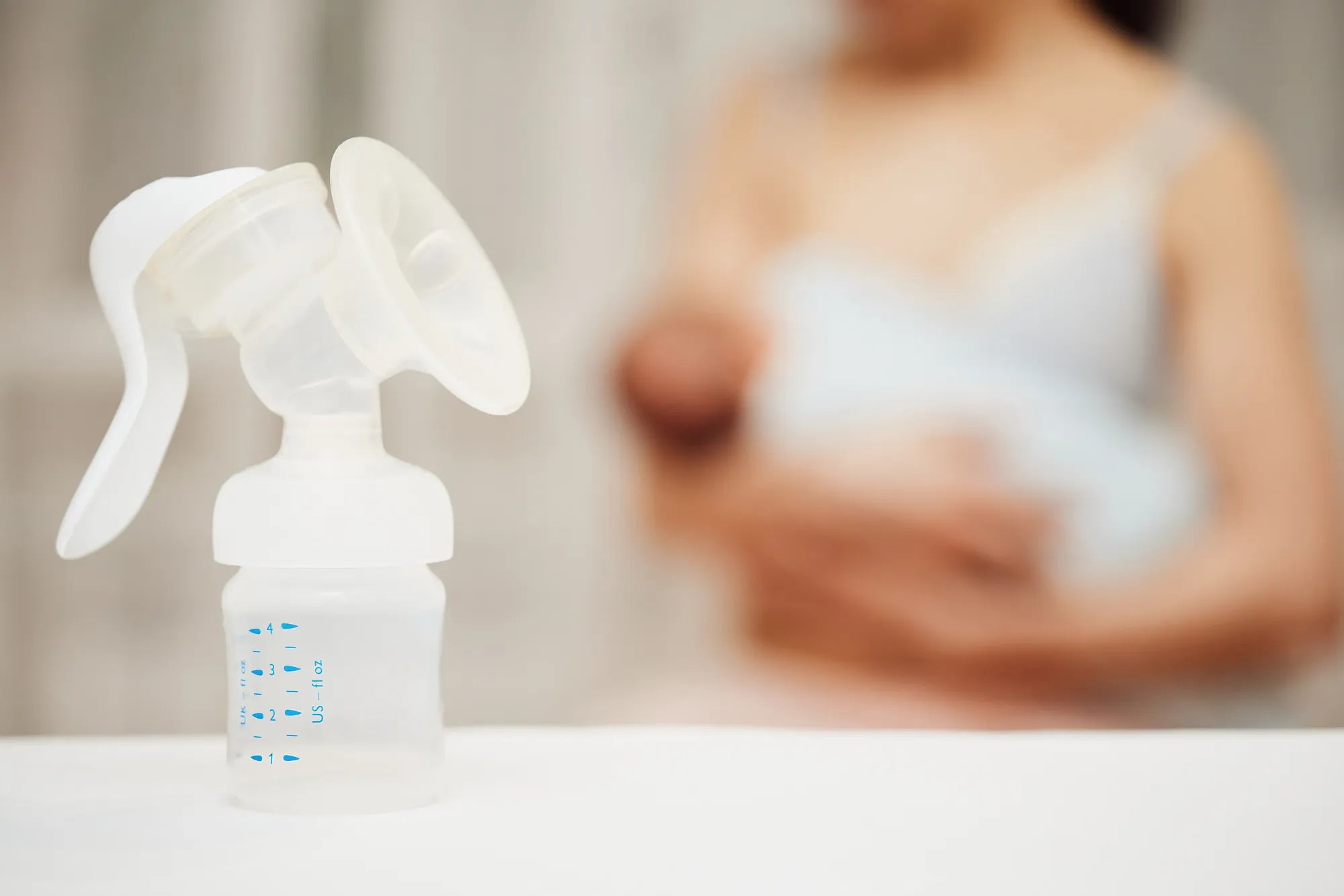Startseite
Pregnancy, Breastfeeding, and Pumping: The Ultimate Guide for Moms
How to Determine Breast Pump Flange Size: A Comprehensive Guide

How to Determine Breast Pump Flange Size: A Comprehensive Guide
Choosing the correct breast pump flange size is crucial for comfort, efficiency, and overall success in expressing milk. Many individuals overlook this critical aspect, leading to discomfort, reduced milk output, and even potential damage to breast tissue. This guide will walk you through the process of determining the right flange size, ensuring a seamless and effective pumping experience.
Why Flange Size Matters
The flange, also known as the breast shield, is the part of the breast pump that fits directly over the nipple and areola. Its primary function is to create a seal that allows the pump to express milk effectively. If the flange is too small, it can cause pain, nipple compression, and reduced milk flow. Conversely, if it's too large, it may not create a proper seal, leading to inefficiency and discomfort. Finding the right size is essential for both comfort and productivity.
Understanding Your Anatomy
Before determining the correct flange size, it's important to understand your nipple anatomy. The flange should fit snugly around the nipple without causing any discomfort. Measure the diameter of your nipple at its base, as this will serve as the starting point for selecting the appropriate flange size. Keep in mind that nipple size can change over time, especially during pregnancy and breastfeeding, so it's essential to reassess periodically.
Step-by-Step Guide to Measuring Flange Size
Follow these steps to accurately determine your breast pump flange size:
- Gather Your Tools: You'll need a ruler or a measuring tape with millimeter markings.
- Measure Your Nipple: Measure the diameter of your nipple at its base. Ensure you measure only the nipple and not the areola.
- Add a Few Millimeters: Most flanges are designed to be 2-4 millimeters larger than the nipple diameter to allow for comfortable movement during pumping.
- Test the Fit: Once you've selected a flange size based on your measurements, test it out. Your nipple should move freely within the tunnel without rubbing against the sides.
- Adjust as Needed: If you experience discomfort or notice that your nipple isn't moving freely, try a different size until you find the perfect fit.
Common Signs of an Incorrect Flange Size
Recognizing the signs of an incorrect flange size can help you make adjustments before any significant issues arise. Some common indicators include:
- Pain or discomfort during pumping
- Reduced milk output
- Nipple swelling or redness
- Bruising or chafing around the nipple
- Incomplete emptying of the breast
Tips for Ensuring a Proper Fit
Here are some additional tips to ensure you get the best fit for your breast pump flange:
- Consult a Professional: If you're unsure about your measurements, consider consulting a lactation consultant or healthcare provider for guidance.
- Reassess Regularly: As your body changes, so might your flange size. Periodically reassess to ensure you're still using the correct size.
- Experiment with Different Sizes: Don't be afraid to try different flange sizes to find the one that works best for you.
- Pay Attention to Comfort: Comfort is key. If something doesn't feel right, it's worth investigating further.
Final Thoughts
Determining the correct breast pump flange size is a vital step in ensuring a comfortable and efficient pumping experience. By understanding your anatomy, taking accurate measurements, and paying attention to signs of discomfort, you can find the perfect fit. Remember, the right flange size not only enhances your pumping experience but also supports your overall breastfeeding journey. Take the time to get it right, and you'll reap the benefits of a seamless and effective pumping routine.
Teilen
